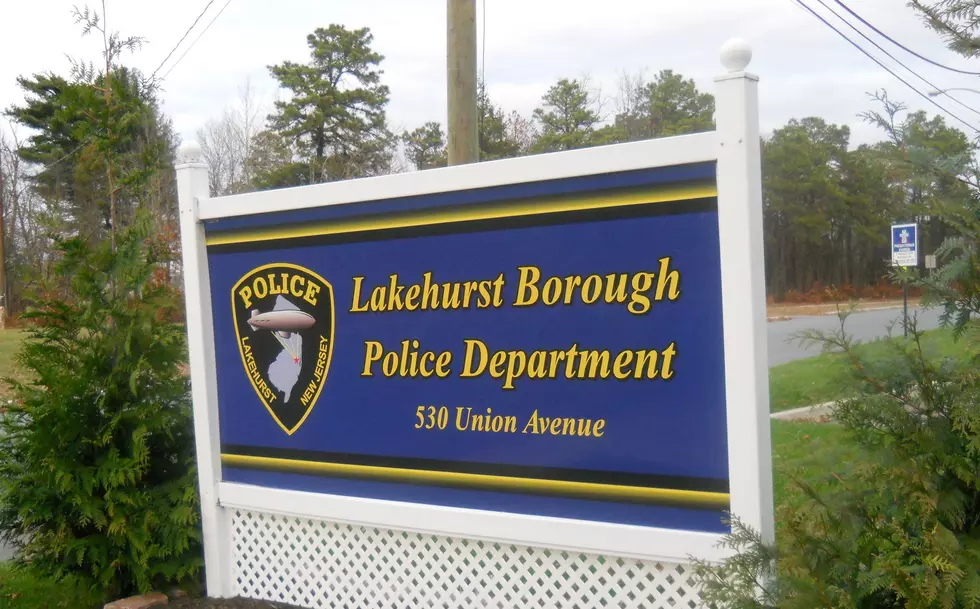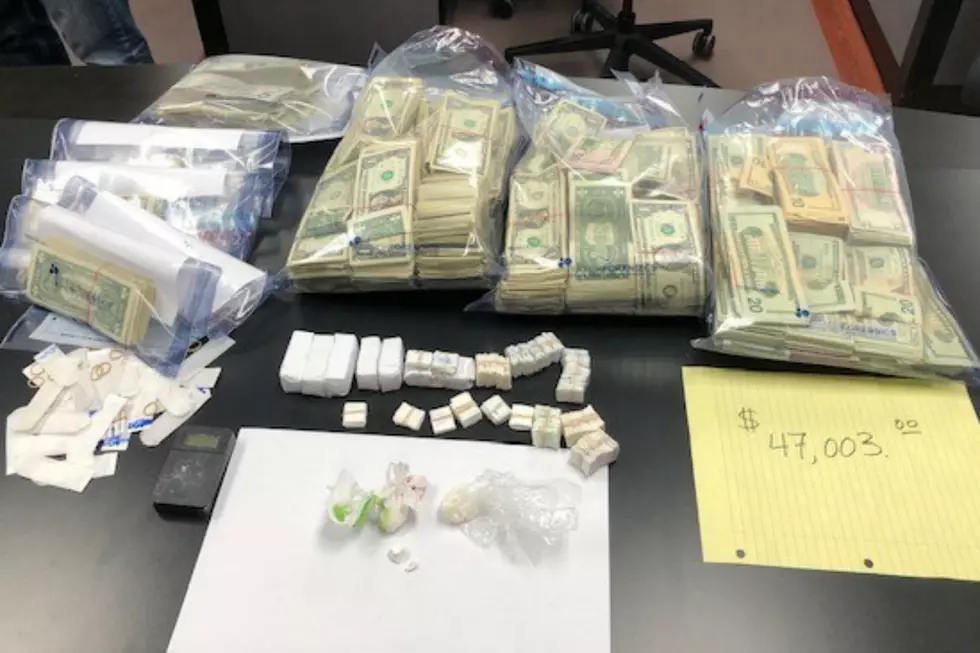
Rising price of heroin-overdose antidote worries advocates
CAMDEN, N.J. (AP) -- Just as officials across the country are agreeing that it makes sense to hand out an easy-to-administer heroin-overdose antidote to police, families of addicts and drug users themselves, those buying it face a new obstacle. The price of one popular form has doubled in the past year.
Narcan Kit
Narcan Kit
The rising cost of naloxone, often sold in the U.S. under the brand name Narcan, has some officials scrambling to negotiate discounts and has curtailed access in some places. No one is believed to have died because higher prices made the remedy unavailable, but advocates fear that could be the ultimate cost.
"If you have a fire extinguisher that costs several hundred dollars, some people are going to go without -- and some are going to get burned," said Daniel Wolfe, director of the international harm reduction program at the Open Society Foundations.
JSAS HealthCare, a clinic based on the New Jersey shore, began last year training community members to administer the drug and providing it to them with the help of state funds.
But a price increase late last year means that instead of buying 400 naloxone kits for a little under $21,000 -- at $51.50 per kit paid to a third-party distribution company -- that's now enough for only 200, at just under $100 per kit, a negotiated discount that's $5 cheaper than what he was quoted.
Three companies market naloxone in the U.S., including a relatively low-cost injectable version and a new Epi-Pen style device that goes for hundreds of dollars per dose.
The most popular version among police and many other groups -- one that can be converted into a nasal spray, sold by Amphastar Pharmaceuticals Inc., of Rancho Cucamonga, California -- is twice as expensive as a year ago.
"Like other companies in the industry, manufacturing costs for our entire portfolio of products, including naloxone, have been steadily increasing due to the continued rise in costs for raw materials, energy, and labor over the recent several years," company president Jason Shandell said in an email.
In some countries, naloxone costs less than $1 per dose, Wolfe said, noting that a lack of competition could be contributing to a higher price here.
JSAS now limits how many people get naloxone at some training seminars in hopes that the clinic will have enough to distribute until more funding is available in July, executive director Ed Higgins said.
"Our calendar is right now is not penned in; it's penciled in through the month of April," Higgins said. "We're hoping that we're going to have enough kits to maintain that."
Naloxone reverses the effects of opioids -- drugs derived from opium, including heroin -- on brain receptors. Advocates say it has no major side effects other than opioid-withdrawal symptoms and does not create a high.
About 20 years ago, community groups in some cities started getting the drug into the hands of people other than medical professionals with the idea that they could save lives more quickly.
Over the past several years, the number of overdoses has risen, and the use of naloxone has expanded. Police in several states carry it, more harm reduction advocates are supplying it to laypeople, and a handful of states now allow pharmacies to sell it without prescriptions.
A program in New York City gives naloxone to inmates who are about to be released, reasoning that addicts often overdose soon after leaving prison. The idea is that the former inmates could save friends, or friends would be able to save them.
In New Jersey last year, Alicia Gibbons received training in the injectable form of naloxone while her daughter, Ashley, was in jail. A week after being released in April, Ashley overdosed in a bathtub at her mother's home in Mays Landing.
Alicia Gibbons' boyfriend broke down the door to the bathroom. She said her hands shook as she got the medicine into the syringe to give her unresponsive daughter first one shot of naloxone, then a second. Her daughter convulsed on the floor and vomited; then paramedics arrived.
"She's always going to be my hero," Ashley Gibbons said of her mother. "She saved me."
Alicia Gibbons said the price increase is troubling. "I think it's sad, now that they've found something that could save people, they raise the price up."
Amphastar took its stock public in June 2014. Monday afternoon, it was trading at about $14.85 per share, 70 percent more than the initial price of $8.75. In its earnings reports, the company does not break down sales by drugs. But in a report issued in November, it noted that while overall earnings were down, the decrease was partly offset by growing sales of naloxone.
State officials in New York and Ohio have negotiated discounts of $6 per dose off the Amphastar price. Massachusetts Attorney General Maura Healey sent a letter to Amphastar last month complaining about the increases.
For Project DAWN for Cuyahoga County, a Cleveland program that distributes naloxone, last fall's price increase derailed a plan to hand out about 4,000 kits this year. Instead, the program scaled back to 2,100, said Dr. Joan Papp, medical director. With rebates announced last week by Ohio's attorney general, the program can purchase another 800 to 900 kits.
The increases have been a concern for poorer communities, particularly in southeastern Ohio, said Andrea Boxill, deputy director of Gov. John Kasich's Cabinet Opiate Action Team. Kasich has included $1 million in his two-year budget proposal to help communities buy naloxone.
Communities pay for services for many addicts eventually, whether they provide naloxone or not, Boxill said.
"This is what I think a lot of our communities across the country have to realize," she said. "I can pay for a jail night, I can pay for a hospital bed, I can pay for treatment, or I can pay for burial and the cost of the coroner."
More From New Jersey 101.5 FM









